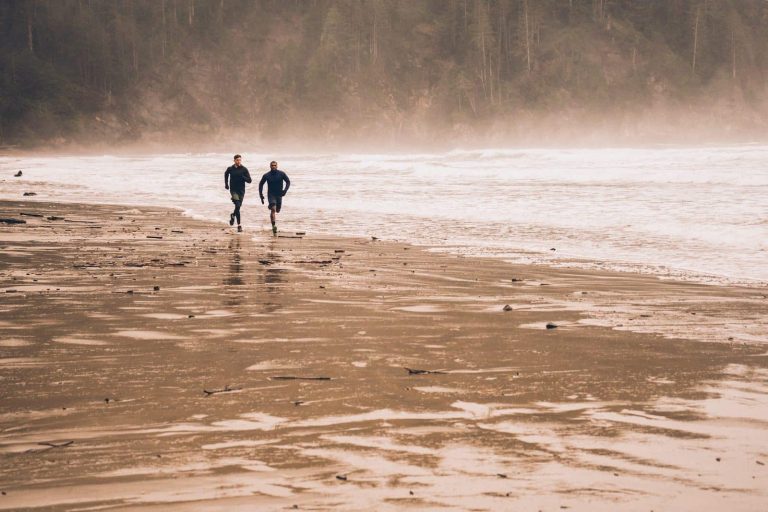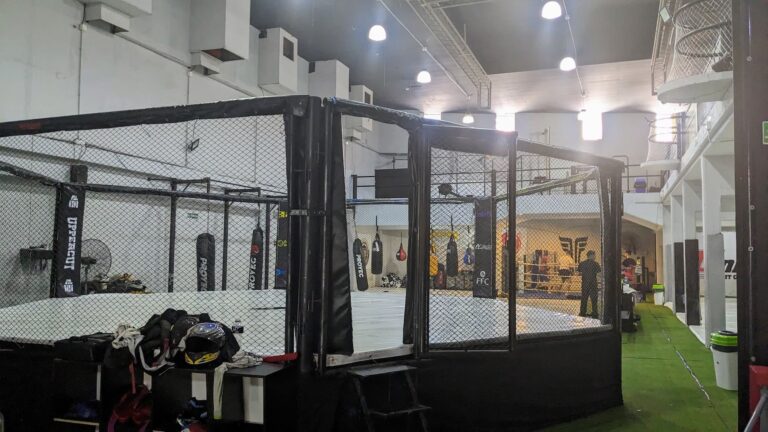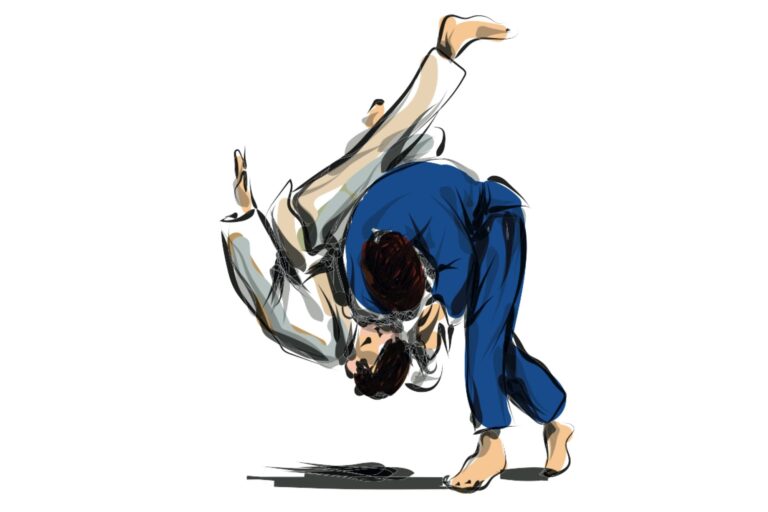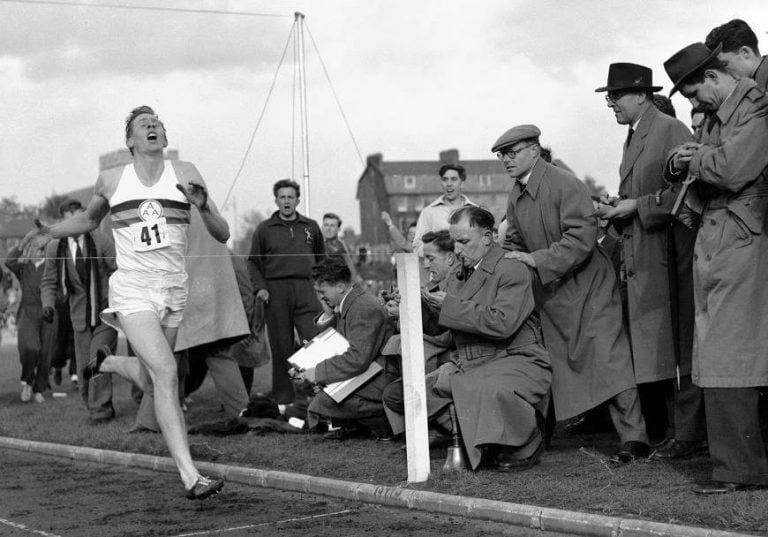Travelling with MMA/BJJ (Brazilian Jiu-Jitsu) — 9 Tips
I’ve been travelling with Jiu Jitsu (BJJ / Brazilian Jiu-Jitsu) and MMA (Mixed Martial Arts) for over a year now, visiting many clubs both short-term (from one session… more a try-out) to staying for one to three months at a time.
In that time, I’ve learned a bunch of things about travelling with MMA / BJJ that I didn’t know before. I thought it’d be pertinent to share them to help other people.
If you’re wondering
- Is it easy to just drop in on other gyms?
- Is Jiu-Jitsu a good sport to travel with?
- What are some best practises for travelling with Jiu Jitsu?
- What about travel insurance?
Well, I’ll try to answer those questions (and others).
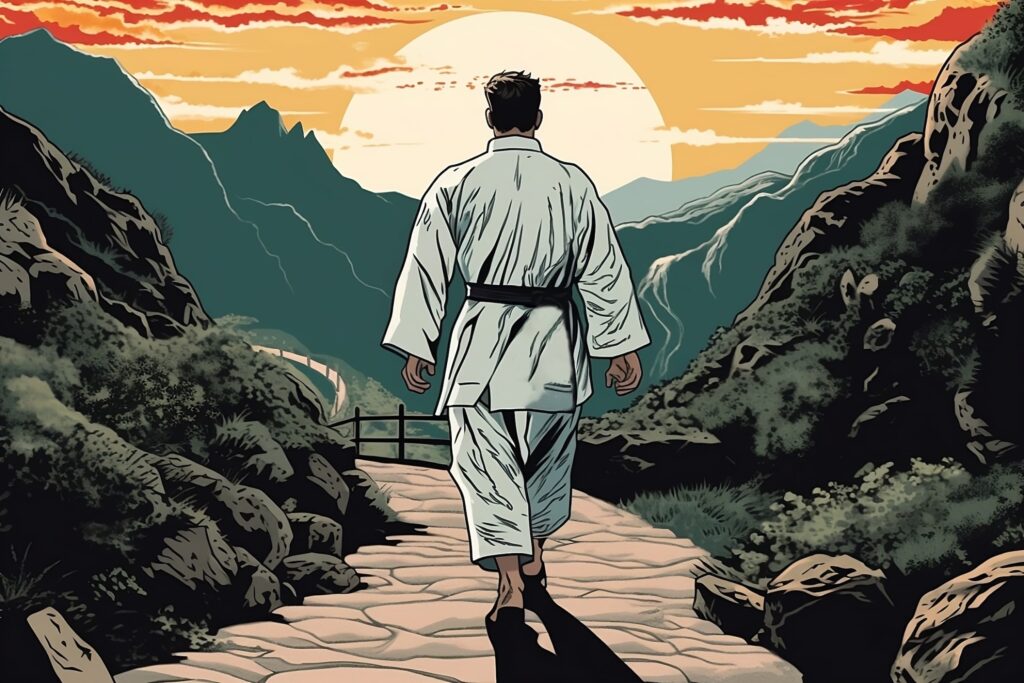
Here are my latest posts on combat sports gym reviews from around the world, vocabulary for training in other languages, and other resources. If you’d like to have me visit and see your gym, please contact me — I love visiting new places and making new friends through combat sports.
Contents
Travelling with Brazilian Jiu-Jitsu — An Overview / About Me
In general, I travel a lot. I look for sports that I can train everywhere and ways of meeting new people.
A while ago (2015), a friend of mine mentioned that a martial art he practised, Brazilian Jiu-Jitsu (more often known as BJJ… or JJB in France) is a great way to meet people while travelling. I used to travel with CrossFit, but wanted to switch it up.
I’ve now tried travelling with Jiu-Jitsu in a few gyms / countries so I thought I’d put down a few things I’ve learned about travelling with BJJ.
I’ve been doing martial arts for about one and a half years (I’ll try to update this as time goes on), with around 500 hours under my belt, and many hours of watching online instruction videos.
I’ve done a mixture of striking and grappling arts in that time, with different coaches and classes focusing at times on boxing, Muay Thai, kickboxing, mixed “MMA-style” striking (moving from strikes to takedowns), Brazilian Jiu-Jitsu (both gi and no-gi), MMA grappling, and even some wrestling. I really have come to enjoy the kinds of gyms that aren’t married to one discipline.
I’ve trained and travelled in English, French, and Korean, and am preparing to train in Japanese, German, and Portuguese.
Before BJJ I did a lot of powerlifting, and previously, CrossFit, which I really enjoyed for the community and for helping me see myself as an athlete. I liked CrossFit as a way to travel too, but am enjoying switching things up to a new and uncomfortable sport that I’m still pretty terrible at.
You might also like French glossary for training in Brazilian Jiu-Jitsu.
Anyway, here are more notes on travelling with BJJ.
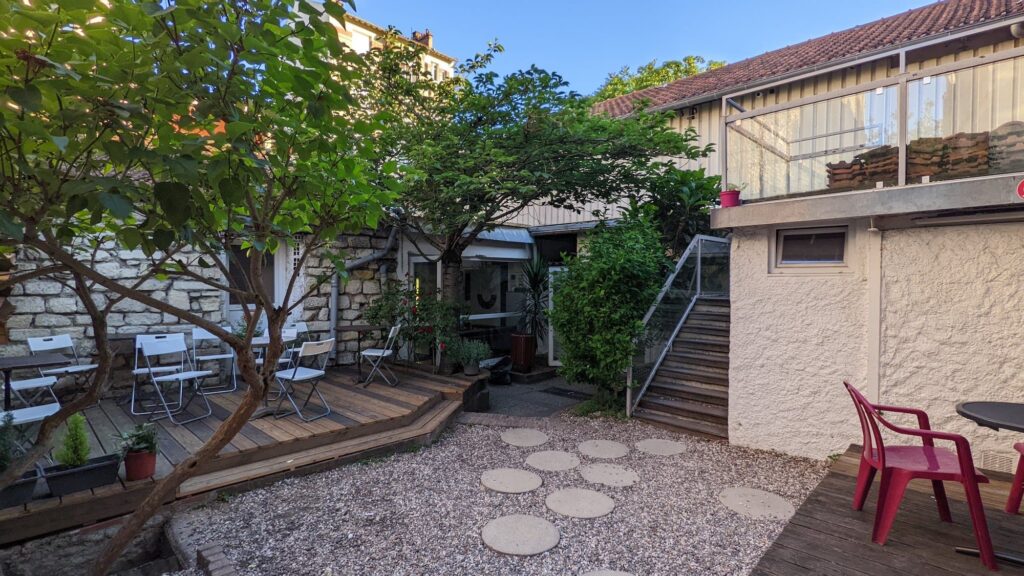
Travelling with BJJ — Pros and Cons
Brazilian Jiu Jitsu (and related sports of grappling, MMA, and even Muay Thai, kickboxing, and other striking arts — you often find many of these in the same gym) is a combat sport. So, it’s a great way to get up close and personal with people very quickly in a new culture and environment.
Travelling with contact sports / MMA / BJJ is really fun. But it does have some downsides as well as upsides.
Upsides: Martial arts help you meet new people (new coaches, new partners) in a new country and culture, and exposes you to new styles and areas of focus.
Each gym or coach has specialities of its own, like particular attacks or positions they work on. I might feel confident in one gym, then go to another and immediately get smashed by a position I never trained much in because my coach never used it.
Downsides: The downsides of moving gyms when travelling with BJJ / MMA are significant.
- You have to re-establish rapport with a coach and partners and that takes time (usually months). It’s super useful for coaches and partners to know your strengths and weaknesses.
- You may have given up a great gym for a not great one, and it’s hard to tell until after a little while. I didn’t realise how great my first gym was until after I left (and I had to leave). It’s actually hard to know whether a gym suits you or not until after a few weeks.
- The area of focus might not be one of interest for you. For example, I’ve been in gyms that are more cerebral than athletic — I prefer the latter.
So how do you manage that? You have to learn to go with the flow. Good coaches and good gyms come and go. Accept that not every gym / coach is perfect and make the most of every one.
Below are some general tips I’ve found useful when travelling with BJJ.
Learn the Basics Before Travelling
It’d be really hard to go to a new country in an unfamiliar culture and to learn a new sport using a new language. Could be a crazy adventure, but for something I’m actually interested in, to me that’s too many legs off the table.
If you want to just embark on a fun escapade — sure, show up to Brazil, sign up to an MMA gym and see what happens! I’m sure you’ll have fun.
But if you actually want to develop skills and good relationships in any martial arts gym, it’s good to go in with a degree of ability. There are a few reasons for this, but it comes down to being “serious” — it shows you’re not there to waste time.
You don’t have to be a competitor at all. It’s fine to be a casual BJJ / MMA practitioner and not aspire to be in any regional competitions.
However, it’s easiest to develop relationships in gyms with other students and with coaches by trying. This means you
- Show up on time and semi-regularly (3+ times a week)
- Listen to what the teacher says and try to apply it both inside and outside class
- Take care of your sparring partners
- Have a positive attitude of improvement, not desperately trying to “win” all the time (you don’t “win” at training!)
I spent six months training in a couple of gyms in my home country. I learned a lot about attitude, basic movements, and how to learn. I’m really glad I had those basics down before starting travelling with BJJ / MMA.
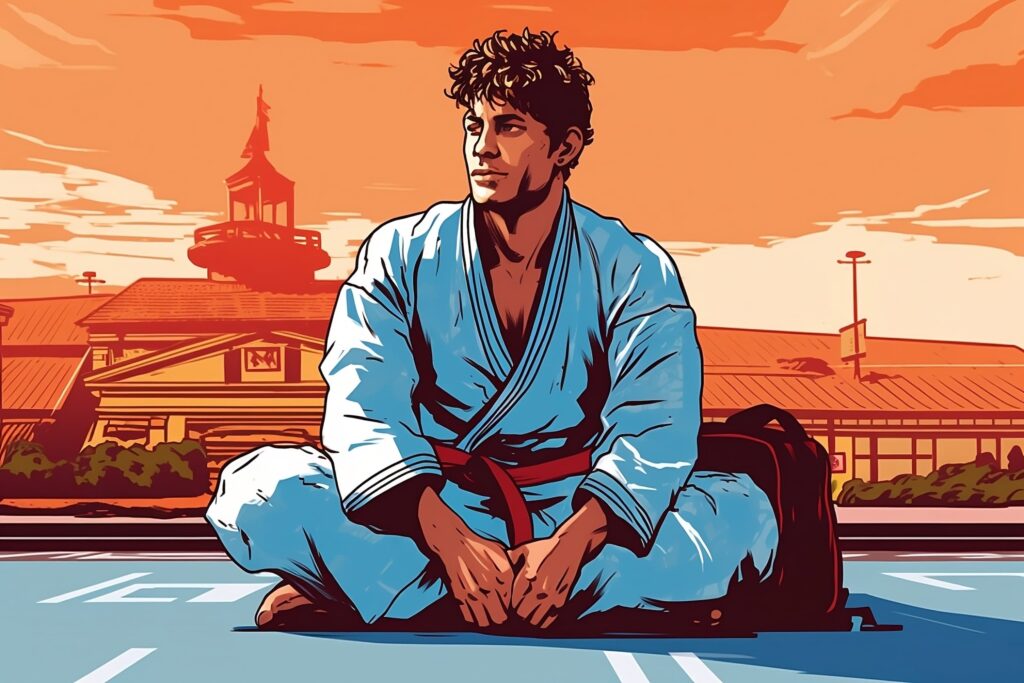
Train to a Time Frame — Prefer Weeks / Months to drop-ins
One of the hardest parts of travelling with BJJ / MMA or any martial art is that doing just a “day” session is not terribly good for learning.
It takes at least a few sessions for a coach to get to know your strengths and weaknesses and to be able to help you. It will take even longer if you go to big classes.
Yes, coaches might be able to look you up and down and figure you out quickly. But don’t expect too much.
So I encourage you to be up-front about your time-frame: Tell the coach “I’ll be here for X weeks / months”. I always acknowledge to them that I know this isn’t optimal for them. They run a business and think about how many regulars they have. And new people take a lot of energy.
I say something like this in an email or in person:
“Hi, I’ve read great things about your gym! I’ll be just in the area for a few weeks and would love to train with you. I’m a good citizen, clean and tidy, and won’t make any trouble. I spar lightly and have a goal of just learning. I see you guys focus a lot on boxing / striking so I’d love to learn some of that from you. I’m happy to pay your full monthly rate of course.”
If you really want to learn from a coach and only have one session or a week or two, consider doing private sessions so you can really learn. They can figure you out with a few rolls, and then can coach you on something you can learn.
If you just want to do some exercise and meet people, of course, you can just drop in and do a few rolls and nobody will care.
But if you really want to develop — I’ve found it takes months to start learning anything practical from a teacher and really practise it.
For example, in France, my coach Fred had a style of teaching fluid movement in BJJ. He really encouraged us to “feel” where an opponent is going and to anticipate the movement.
This is quite different to most coaches, who teach techniques. “If the opponent does this, do that.”
I only really started to figure out Fred’s style of instruction after two months, four sessions a week — about 70 hours of mat time, in small classes of 2-4 (his classes were just small).
In Korea, my coach noticed my weaknesses in striking style as well as in grappling, where I was good on the ground but not so good standing up. So he encouraged me to work on those.
Also, most places don’t have weekly memberships. They may have open mats or drop-in prices, but at open mats you don’t really learn, you just practise, and the latter is expensive.
Finally, it takes a while for the other members to get used to you.
If you show up to a gym as anything but a new white belt (even if you just have some stripes on), many people (not all) will try to prove themselves against you, or test you. They’ll play their A-game because they get to test it against someone new.
On top of this, it’s likely you’re not familiar with the style of a gym you show up to. You may (or will probably) find your game totally inappropriate for a new gym.
So — new style, and everyone trying to crush you. Unless you’re super experienced in your belt, you may find every session hard. This is good, of course, but it makes training quite hard. Sometimes, I just couldn’t be bothered going to war, so I wouldn’t go.
Anyway, this is a downside of travelling with BJJ. If you’re travelling with CrossFit or something (and you’re already experienced), it’s easy to just roll in and do a WOD and have some fun.
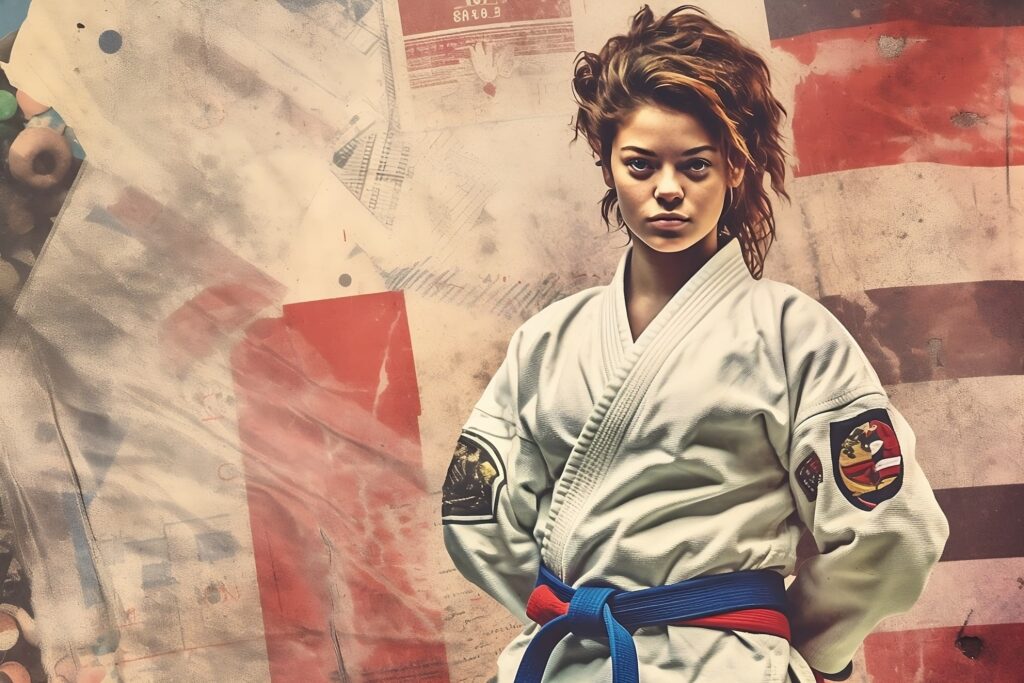
Know the Risks of New Training Partners (and Manage Them)
See also the section on travel insurance.
Whenever you roll or spar with someone new, you’re entering a world of the unknown. This applies both to new people and when you’re travelling with BJJ to a new gym.
My golden rule when sparring with someone new: say “Hey, this is our first roll / sparring session, so let’s just go easy.”
I then smile, showing I’m in it for the fun, not to compete, and it really lightens the mood. They smile back and it changes everything! Seriously, it’s that easy.
With new people or dojos, you don’t know what your partner is good or bad at. Forget “winning” or “losing”, you just don’t know if they might
- Attack a joint too quickly for your comfort zone
- Hurt that sensitive part of you (e.g. if you have an injury)
- Kick you in the teeth by accident (happened to me multiple times)
These things happen with any new sparring partner. But they happen en masse when you enter a new gym.
I’ll never forget that time some rookie in a gym (that I never went back to — the conditions there were not conducive to safe practise) kicked me in the teeth, trying to keep me at bay while I tried to pass his guard. Silly me, I wasn’t wearing my mouthguard because nobody else was. So, I had to find a dentist the next day to fix my chipped two front teeth which will never be the same.
Basically, keep following the golden rules of training:
- Never spar with someone you don’t want to spar with (or in a gym you feel is unsafe)
- Use protection (mouthguards at minimum, maybe also ear protection, whatever you want)
- Tell partners about injuries
- Tap early (until you get to know people)
Aside from that, there’s not much you can do other than to hope (or not do martial arts). Injuries do happen in any sport. But manage the risks down as far as you can.
Make Sure You Understand your Travel Insurance Policy
If you’re travelling outside your home insurance zone — particularly if you’re non-American and traveling to America, where medical stuff is very expensive if you’re not covered — make sure you understand coverage by your travel insurance policy.
With a number of policies I checked, contact martial arts are explicitly not covered by the policy. This would also apply, by the way, to if you were travelling for a competition.
The chance of a serious injury is low in BJJ or MMA. But they do happen — sprained ankles, knee injuries, chipped teeth, broken noses, eye injuries, and fractured limbs are not uncommon. I’ve had a few of the above to various degrees.
In many travel insurance policies, while going to the gym or doing light outdoor activity is covered, and while you can often buy additional cover for adventurous activity, things like MMA are rarely covered. This could be a serious problem in somewhere like the USA where hospital bills for just simple things can be in the thousands of dollars.
In other parts of the world, it’s not so bad. For example, in Korea I was worried I hurt my neck, so I visited a hospital, saw a doctor, had X-rays, and was prescribed medicine, and the whole thing cost me about $150.
Learn the Dojo Rules / Etiquette Quickly
There are a few universal rules that are common to all dojos I’ve entered. These are things like
- Be clean / groomed (clothes, grooming, breath)
- Be generally respectful
- No shoes on the mat, always shoes in others (e.g., in public areas)
But those rules translate to reality in quite different ways in each gym. And sometimes with each coach.
You should learn
- How to address the coach — Coach, Sensei, Sir, Professor etc. — or just “Shawn” or whatever their first name is, as you may find in Australia! And in other languages, the level of formality to use.
- Rules for asking for sparring (with newbies, people of other genders, different belts)
- Clothing rules
In Australia I got used to calling a coach by their first name, or “coach”. But that doesn’t work everywhere.
In other languages, you have to learn whether to use a formal tone or not. In Korea I used the formal term for “gym head”, 과장님, gwa-jang-nim, (which is like “Chief”). Or 코치님, co-chi-nim, “Coach”.
On asking who to spar with, in some gyms, I’ve seen rules that say if a black belt asks to spar with you, you must accept — barring injury or exhaustion of course. But that you can’t accept just because you’re scared of being schooled, which is usually the point (to show you something you’re doing wrong).
I was confused by this rule at first, until I learned the context, which was that a visiting black belt had felt a bit dismayed that white belts wouldn’t spar with him — as if he’d hurt them, which isn’t the point at all. (On the contrary, a black belt is best qualified to know how to NOT hurt a beginner.)
In some gyms, you have to bow a lot — when entering, when beginning sparring, and sometimes even to a photo of someone (which is not my thing). Of course, in Korea / Japan, bowing comes naturally, as it’s part of the culture!
Punctuality might seem like a given, but in one very good gym I went to, they didn’t make a fuss out of it, saying they preferred late arrivals to no arrivals — but just that you should be polite about entering.
And finally, in some gyms, you have to wear the official gear of the club. (These are gyms I steer clear of — it’s too big an investment.)
One other point — there are, in different parts of the world, different norms when it comes to training between genders. This really is club to club, and I can’t make generalisations. I’ve been in gyms that are mostly Muslim where I assumed men shouldn’t roll with women, and I was totally wrong.
As a moderately large sized male, I avoid rolling with women until weeks into being in any new gym, when people are used to seeing me around and know I’m gentle and not a jerk. And then (depending on the partner), I’m as cautious as I would be on day one with any partner who’s smaller and/or less strong than me.
I don’t mean to say (by any means) that this applies to all female partners, if you’re a man. Some of my favourite training partners in other sports and martial arts have been very athletic, strong and fit women, who pull no punches. One of my former (female) coaches wouldn’t hesitate to knee an opponent in the face in a bout! This just a general reminder to use your own judgment and be over-cautious as a newbie.
Have a Working Vocabulary (in the language)
Just like your local barista or friends aren’t your language teachers, neither is your martial arts gym, even if you’re learning the language on the side and travelling with MMA to make friends.
So go in with a working vocabulary in the language. Know how to say all the important things, like
- General gym terminology (dojo, sensei, etc.)
- Commands (start/stop)
- Movements (e.g. sweep, kick, push)
- Control or defence positions (mount, turtle etc.
- Attacks (strangles/chokes, arm locks, etc.)
Having all those will greatly help you make the most out of the time of your teacher as well as not waste time for your co-students.
It’s natural to keep learning as you’re going. For example, some six months into training in French, I learned the word for rotating on my back… “l’orange”, like an orange. I’ve never heard someone say this in English (it might not be common in French either). I chuckled and we had a bit of a laugh about it, and went on with the class.
Before travelling to Korea I learned all the MMA / martial arts basics in Korean, and it really helped. Over time, my martial arts vocabulary became really solid.
There’s a helpful Brazilian Jiu-Jitsu Phrasebook with limited basics in many common languages in it.
It’s “universal” in approach, which is a pro and a con. On the one hand, you can find the same phrases in each language. But on the other, it’s a little redundant in situations where the words are exactly the same (e.g., in Korean where most words listed are just the English word pronounced in a Korean accent).
So, I’m putting together my own phrasebooks one by one. Everyone has different needs, so maybe look into doing this yourself — make your own travelling with BJJ phrasebook!
Tread Lightly, but Expect to Get Crushed
When sparring with a new partner, I have a principle of going light with them at first, even if I don’t say so. This helps me set the pace, as well as avoids me hurting them in my first encounter — it’s super embarrassing to me when I hurt someone in the first roll.
In my first rolls with people, I’ve done things like
- Accidentally step on their balls
- Hit them in the face with an elbow
- Knee them in the stomach
- … Ugh I’m too embarrassed to continue
I’m not even an aggressive guy. I’m just enthusiastic, and sometimes a little clumsy. I’m learning.
So my rule has become: go easy. Be fluid and even slow if necessary. Focus on getting the movements right. Then, after building up credibility with a sparring partner over time, start to go harder.
On the other hand, if you’re travelling as anything other than a no-stripes white belt — expect to get crushed by the people already in the gym.
For some reason, people in many gyms like to “prove themselves” against newcomers. It’s a competitive sport, so it’s to be expected to some degree. But many BJJ gyms are have people with huge egos who think they’re all that. (There’s often a sign saying to leave your ego at the door, but people ignore it.)
Anyway, aggressive people will try to rip your belt right off you for no reason. I’ve heard it gets worse the higher up you are in any belt.
I have a simple approach — I tap early if someone is going all-out too quickly, and I stop sparring with people I don’t want to spar with.
You can also opt to ditch your belt for a white belt. After a few sessions, put on your real belt! A bit cheeky but whatever, belts are just belts, and they vary in meaning between gyms anyway.
But anyway — on your first few encounters, you might end up rolling with a few people who don’t quite match your style. Avoid being “that person” who goes too rough, but also, don’t be surprised if it happens to you.
Embrace New Teaching Methods and Styles

A challenge for me as I changed dojos or even coaches within a dojo is that styles vary a lot. For example, coaches/gyms vary in
- Intensity — some heavily focus on cardio
- Verbal explanations — some coaches like to sit there explaining things
- Style of class — coaches to different degrees get us to do positional sparring, repeating movements, warm-up drills, and free rolling
- Length — classes go anywhere from 1-2 hours in most gyms
I’ve seen enough gyms and dojos in a few hundred hours that I’ve developed my own particular preference for a style of gym and class. Very briefly, it’s a 1-1.5-hour class that starts with free rolling as a warm-up, then introductory positional sparring, then instruction and drills based on a position or concept (not a “technique”), then positional sparring in that position, and then free rolling.
Other gyms separate out free rolling, or have different emphases on any of the above.
Anyway, as a newcomer, I have little to no sway. I don’t want to show up and say “Hey, do it like this”. That’s kind of rude. So rather, I take the attitude of adapting to the culture of the gym and getting the most out of it that I can. If I feel it’s lacking in some way, I tack on training somewhere else, like by showing up to open mats, or finding a training partner and setting up time with them.
On that note…
Find Training Partners Early
It might sound obvious, but from the moment you get to the new dojo, figure out the kind of people you like training with, and train with them!
I only mention this because it’s the kind of thing that happens naturally when we join a gym and start from the beginning. Normally, the people we start with in a gym (who are roughly our size) become our friends and regular training partners.
But when you join a new gym, it’s a bit like speed dating. You have to look around for people who are roughly your level, size, and “attitude”.
It’s a little hairy at first. It usually takes me a few weeks of rolling with everyone. Keep an active lookout though and you’ll find your partners.
Don’t Expect Off-Mat Relationships Quickly
Finally, just like in any gym, when travelling with BJJ, don’t expect to make friends outside the gym too quickly.
This might be just me as I’m somewhat reserved, but in most gyms, people are in age ranges of mostly between 20-35 and they already have full lives of being students, professionals, or parents.
Sometimes people in gyms get together for coffee after a mat session. It’s nice when that happens!
One thing that does help dojo relationships translate to outside relationships is when a dojo has events they regularly organise like barbecues or socials. Check their Instagram or Facebook pages for evidence of these.



